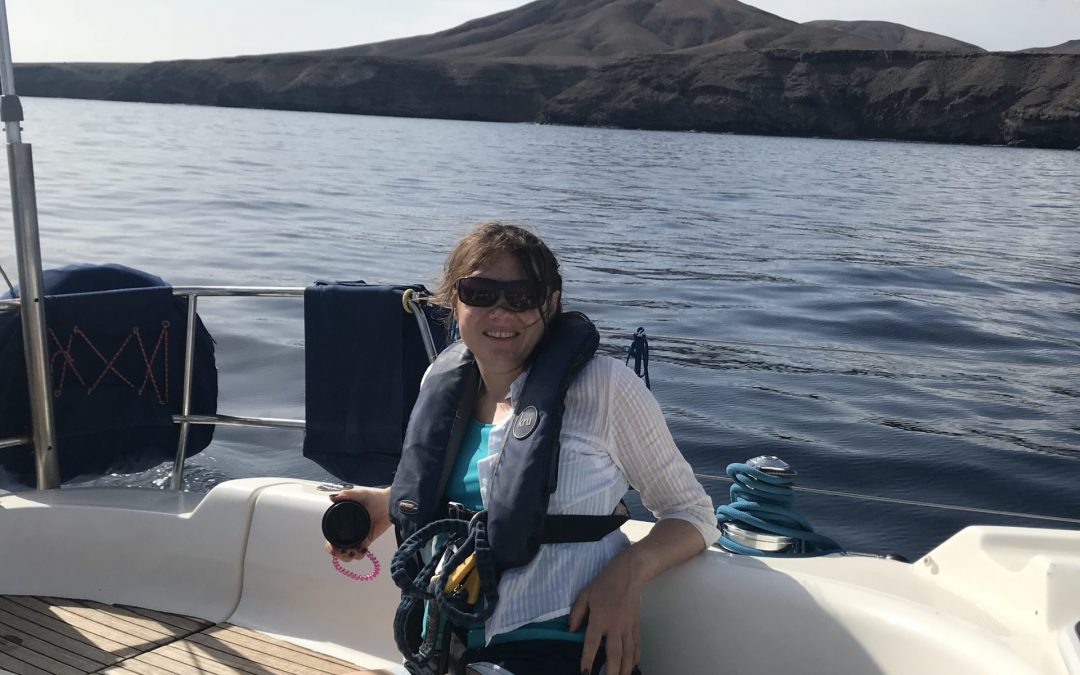We are programmed to avoid a downside. In fact we perceive pain of a potential loss much more than the gain we receive. Loss aversion is a well known psychological concept, ie a cognitive bias: pain of losing is psychologically twice as powerful as the pleasure of gaining. The loss felt from money, or any other valuable object, can feel worse than gaining that same thing.
When, I worked In finance we always produced a downside case and upside (equity) case for companies we finance. This exercise gives us an understanding when several variables go wrong, whether cash flows are robust to keep a business afloat with the current resources and debt in place. The Upside case gives us a vision of what is possible if we invest.Sometimes, we forget to do it in our own life. We are so fearful of a downside case, that we never approach it with clarity or our fears take us into a “catastrophising” mode. We are so focussed on avoiding a downside case that we do not strive for the best case either and never find out what we can create by investing in ourselves.
When we ask ourselves “What’s the worst that can happen?” with clarity and un-attachment, we often realise that 1) we handled worse 2) we have resources and support of family and friends to withstand it 3) the image in our head is far scarier than a likely rational reality. Who would have imagined that even with the restrictions we experience today due to Covid-19, most of us are still able to get through it? And then to the most exciting part.. if we do not invest in ourselves (whether it is a course you wanted to attend or a long needed break), we never have a chance to explore an Upside best case.
The beauty of Upside scenarios is that they often are much more exponential than we imagine! You see, we are programmed to avoid the downside..We feel the loss of 20£ much more acutely than the pleasure we get from gaining 20£. That’s why if your bonus or salary was reduced by 10% vs last year, you will feel it much more than if you had a 10% raise. What loss aversion does to us, it stops us from reaching for our dreams.
I’ve been speaking about it to my client. She was so scared to pursue her dream of starting her own business even though she has financial stability and experience more than she ever had before when she was at the beginning of her highly successful corporate career. She achieved a lot of success as a senior executive in a financial corporation, however, now her work was not giving her the same joy as before. She felt trapped and losing her energy and “joie de vivre”. Her Loss Aversion bias was in action and kept her away from what could be. The downside scenario felt much scarier: until she went sailing with her husband. She was terrified as she’s never sailed before. In a moment of a calm sea she realised that the worst that could happen in that sea was that their small sailing boat’d turn over. Her husband is a great sailor and they both are good swimmers. They were also quite close to the shore, so the worst that really could happen in those weather conditions on that day was that they both would get wet, and would have to get over an initial shock. On the upside, she would experience an exhilarating new activity and get closer to her husband who is a keen sailor. The potential for fun and family was far bigger than fear of a turned over small boat in a calm sea.That sailing expedition helped my client apply a similar approach to her professional life situation. She realised that the scary downside case was amplified in her mind during the time of high emotions. The Loss Aversion was at play. And the really scary bit is actually never finding out what could be and what she can create!
Where you did not look your downside case scenario into eyes and as a result did not let yourself reach for your dreams?
Where your natural loss aversion kept you trapped?
Ask yourself what is actually the upside that can come from it?

